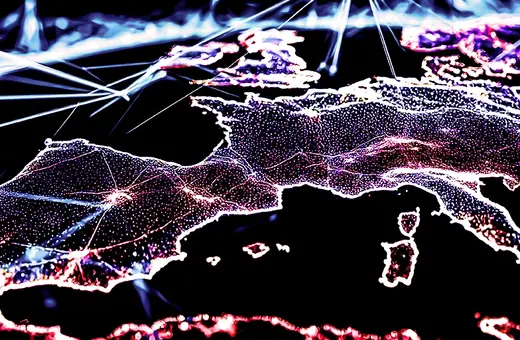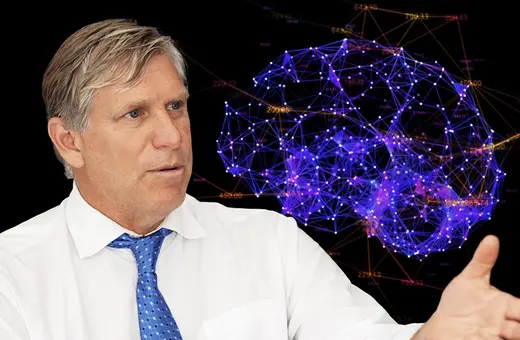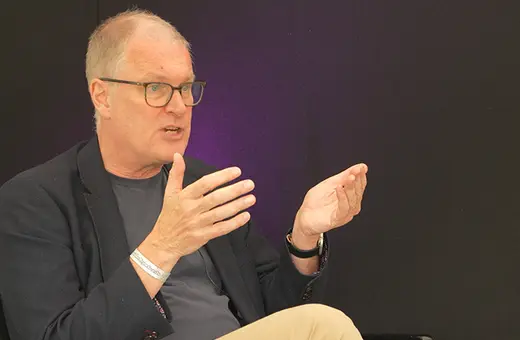The latest report on climate change is in. The warnings are as stark as ever, but the language still suggests that climate change is something that can be solved, once and for all, if only we adopted the right policies. But instead of clinging on to the fantasy of sustainability and a future with no climate change, we should focus our efforts in delaying its inevitable catastrophic effects and prepare for them as best we can, argues Thom Brooks.
We are at "code red for humanity" on climate change. In its first major study since 2013, the UN's Intergovernmental Panel on Climate Change (IPCC) confirmed a global scientific consensus that humans are primarily responsible for causing climate change, with consequences that may be next to impossible to reverse. The IPCC is clear that things are getting worse. Under all scenarios, the Earth's temperature will have risen 1.5 C this century by 2040, if not sooner. Such an increase creates significant challenges, threatening millions of people living in coastal areas around the world. As the global community prepares to meet for COP26 in Glasgow this November, sharp attention will be directed towards what can be done to urgently reach net zero by the middle of this century.
While the data is new and clearer than ever, the approach is old and familiar. UN Secretary General António Guterres argued that 'we can avert climate catastrophe' if the world works together with 'no time for delay and no room for excuses'. Such statements are commonplace about climate change: namely, that it is a problem that can be solved. If only emissions were reduced or better mitigations like flood defences or green technology were in place, then climate change will trouble us no more. I call this an end-state solution, as it claims that we can achieve a stable state of perfect environmental harmony if only we adopt the right solution to this problem. Such thinking drives calls for actions that will, as Guterres says, ‘avert’ and avoid any future catastrophe. The only problem is, there is no end-state solution to climate change.
End-state solutions misunderstand the kind of challenge we face.
End-state solutions misunderstand the kind of challenge we face. They err in thinking if only human activity was different, then any future climate catastrophe can be averted. The problem with this thinking is that climate catastrophes don't require human activity to happen. Several have happened before - and, in the case of the mass extinction of the dinosaurs, may have had extraterritorial causes.
If this is correct, the task of tackling the many troubling consequences associated with climate change may be even greater than it might appear. This is because climate change and catastrophe may be unavoidable. This is not a problem with a simple solution.
As I argue in my new book Climate Change Ethics for an Endangered World, there is no shortage of proposals that claim to offer the answer. One idea is that if only we all lived within the same 'ecological footprint' - determined by dividing what the atmosphere can absorb by the global population – then all would be well. If we do not exceed this footprint, the argument goes, then global emissions can be under control and further climate change averted. However, climate change is not avoidable even if carbon emissions ceased altogether. While significant reductions are essential to limit human impact on the environment, they should not be expected to end any further environmental changes over time.





















Join the conversation